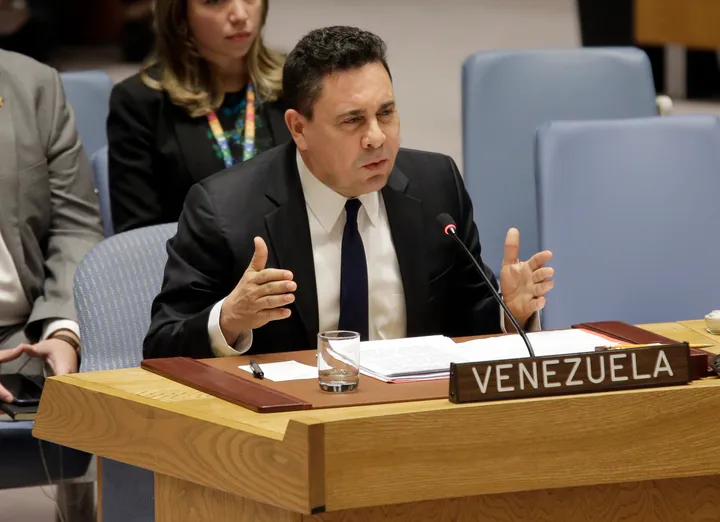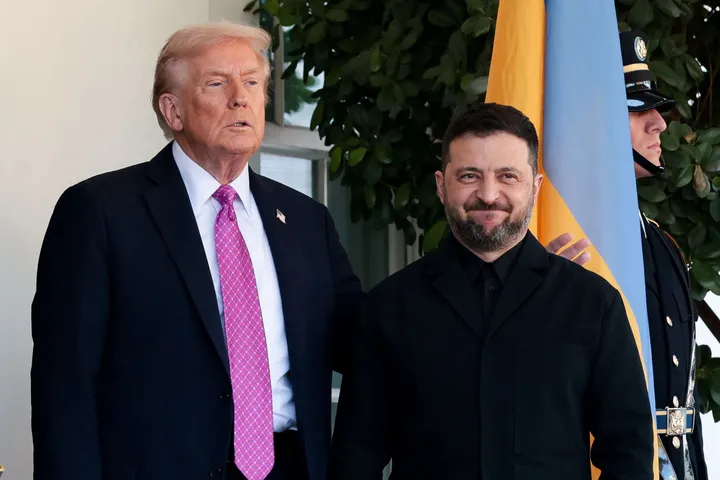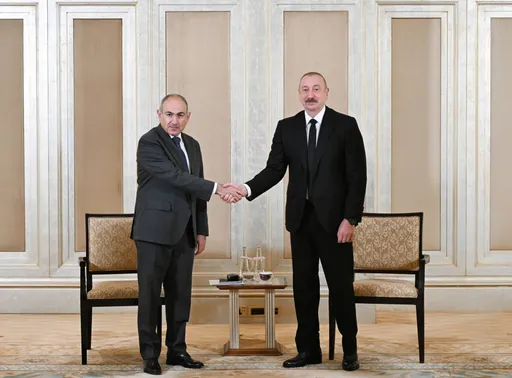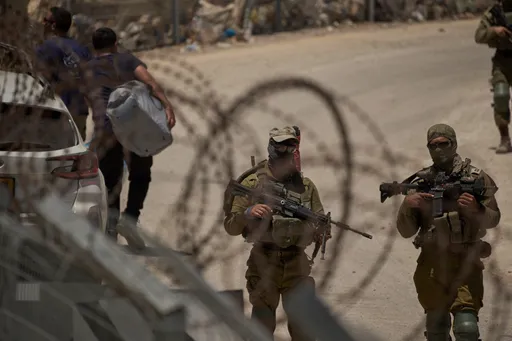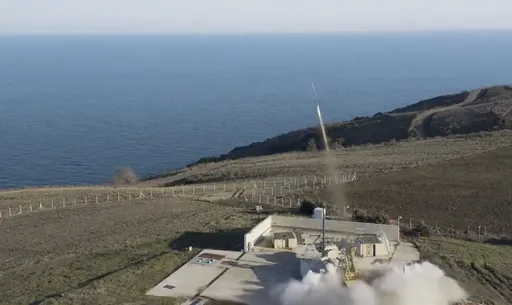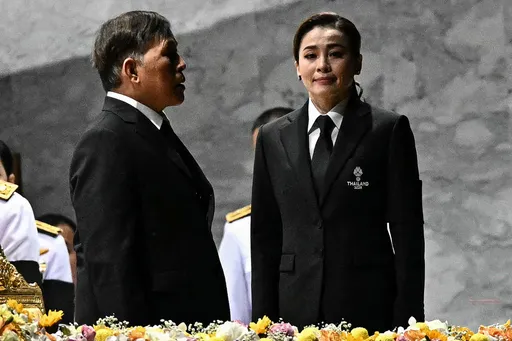When Masena Raltek, 47, a senior journalist, visited Vairengte, a nondescript Indian town in the extreme eastern border of India last weekend, he was “shocked” to discover the “reality.”
Despite repeated assurances from the Indian politicians, there was “no vehicle” in one of the busiest national highways of India – number 306 – connecting Vairengte to the rest of the country.
“It means catastrophe,” he said. Trucks carrying daily consumables have been waiting to enter Mizoram as Vairengte is the gateway to the state.
“People came together to share meals owing to lack of supply,” Raltek explained on the phone.
He sent videos to substantiate his claim from Vairengte where an exchange of fire on July 26 between the police forces of Mizoram and its more commanding neighbour Assam rocked India. Assam and Mizoram are two of India’s extreme northeastern (NE) states below south Tibet, sharing borders with Bangladesh, Bhutan and Myanmar.
Out of seven NE states – referred to as the ‘seven sisters’ – Assam is the most populous with over 60 percent of NE’s population.
Reports suggest, a team of about 200 policemen led by senior officials of Assam entered Mizoram.
“They forcefully took control of a Mizo police duty post and set up their own camp which was resisted by the local residents,” Raltek told TRT World.
A sizable contingent of the Mizo police arrived and opened fire from the adjacent hillocks – with a clear height advantage – to kill six Assamese policemen and one civilian, while dozens were injured.
Raltek said that there were “many incidents of incursion” by Assam police in north Mizoram border in the past month.
Tension mounted also on the internal boundaries between Assam and two other NE states – Meghalaya and Arunachal Pradesh. “A timely response” by officials of Meghalaya prevented damage.
For Arunachal Pradesh, Assam’s incursion in its southern border is “shocking” as both are governed by India’s Hindu nationalist Bharatiya Janata Party (BJP).
“We cannot figure out why there was an attempt to breach the border,” BJP’s newly appointed Arunachal spokesperson Nabam Vivek told TRT World.
The disputes of northeast – the border issue
Vivek noted that the border between Assam and four of its neighbours have been disputed for “a very long time”, while an Indian Defence Ministry funded think-tank recently indicated that the NE border disputes are consequences of “creating and recreating boundaries” for colonial “administrative convenience.”
One of foremost global experts of northeast and South Asia is Sanjib Baruah, professor of political studies in New York’s Bard College.
He agrees that the British colonial legacy – especially in the case of internal borders that were made to protect the interests of tea planters -- has constrained the scope and choices of Indian policy making after independence.
The northeastern states of India are not in a stable equilibrium, Baruah told TRT World.
One key reason is that five states – Nagaland, Meghalaya, Arunachal Pradesh and Mizoram – were carved out of Assam in the 1960s. They all were part of what in colonial times was a single province – Assam.
“Many of today’s contested inter-state boundaries were once inter-district boundaries. District boundaries are not usually thought of as being permanently fixed. But when the new states were created there was little thought given to the consequences of turning these alterable lines into fixed inter-state boundaries. From this perspective, perhaps disputes over these boundaries are inevitable,” Baruah noted.
India’s internal border disputes have witnessed 157 deaths and more than 65,000 displacements in the last 40 years, noted Delhi-based Rights and Risks Analysis Group. Informal figures are higher.
The cow trade
But the challenge to delineate the border is not the only problem. The cow trade is the new issue, said Subir Bhaumik, a journalist covering the region for decades.
“In fact, these are the new flashpoints in the northeast – the border clashes and the bovine trade,” he added.
Assam’s chief minister Himanta Biswa Sarma – who belongs to BJP – recently introduced a bill to regulate slaughter and trade of cows, considered sacred in Hinduism. But the animals are not considered sacred in most other NE states where Christians and tribals are in the majority, which is in five of the seven states.
For them beef is a cheap source of protein, Bhaumik told TRT World.
“The supply of cows from India to those (Hindu minority) states takes place through Assam. Assam can stop it and the cow-consuming states won’t have any reason to be happy. Besides, they lose on trade,” Bhaumik told TRT World.
Other key contentious issues
A failed talk between one of NE’s most organised and armed political outfit National Socialist Council of Nagaland-IM (Issac-Muivah group) and India’s internal affairs ministry is potentially as threatening as the border dispute. NSCN-IM aspires for a unified Naga homeland. They were annoyed with the aborted negotiation and observed a shutdown in early August.
Bhaumik predicted, while the NSCN-IM is not likely to go underground immediately, the talk failure “may activate other satellite insurgent groups, escalating tension.”
The region shares porous boundaries with two of the most volatile district-blocs of neighbouring countries. One in Bangladesh’ south-east, housing Myanmar’s Rohingya refugees, and the other in the adjacent hill tracts of Chittagong inhabited by Chakma-Hajong ethnic community. In Arunachal, rivalry between Chakma-Hajong refugees and the indigenes is brewing.
Simultaneously, an ongoing battle between Chin State rebels and the military in west Myanmar, adjacent to Mizoram, have added to India’s woes, while the Rakhine State, the home of the Rohingyas next to Chin State, is in constant flux over the last decade.
An Indian external intelligence official told this correspondent that they are “reasonably worried” with the recent developments in NE and across the border.
“We have inputs of arms exchange on these borders and verifying,” he said. Back in Assam, the process to identify illegal citizens has upended keeping one of the key problems of Assam – to isolate Bengali Muslims – alive.
In this backdrop “loosening” of grip over NE is a challenge for India, opined Bhaumik.
“The kind of control that had come over NE through various accords with the rebels and comprehensive developmental policies since the 1970s is receding. The inter-state fights indicate the depth of the crisis,” said Bhaumik.
The China factor
A senior officer of the Central Intelligence Agency (CIA) for 30 years Bruce Riedel provided a graphic account of India’s defeat in 1962 war against China, jointly planned by CIA and India in his book JFK’s Forgotten Crisis. However, with an advancing Chinese troop, India’s first prime minister Jawaharlal Nehru desperately solicited US air support only to be turned down.
The war ended with India’s humiliating defeat.
Professor Baruah, who noted in his book that the 1962 defeat “exposed India’s vulnerabilities not only in NEFA (Arunachal Pradesh since 1972) but also in Assam as a whole.” At that time – he said – Indian state institutions were barely present in some remote parts of Arunachal Pradesh which shares an 1100 kilometer border with south Tibet.
“Obviously that no longer is the case. But the northeast is not completely stable. The unresolved armed conflicts in the region left room for China to fish in the troubled waters,” said Baruah.
Bhaumik too believes that with “mounting grievances” in NE, India’s equations with China will change.
“I believe that the majority of top policymakers in China are still in favour of avoiding a war. But – like in India – there is a young, gung-ho community in the military to media in China and there is no reason why they would not intervene in NE if they are pushed into Tibet,” said Bhaumik.
Around the time Bhaumik visited Assam-Mizoram border to check the depth of the recent melee – which he described as “a war between two Indian states” – US Secretary of State Antony Blinken met Tibetan spiritual leader Dalai Lama’s envoy in Delhi, deeply annoying China. It is a new low in India-China relationship two years after the abrogation of Article 370 of the Constitution that gave special status to Jammu and Kashmir in the north.
A foremost academic of Kashmir, Siddiq Wahid correctly predicted to this correspondent a year back that the subsequent developments following the abrogation, may turn the “Himalayan region into a conflict zone.” And the crisis related to India’s internal border unfolds exactly at a time when border conflict with China “is building up both in the north as well as the eastern front,” Professor Baruah said.
“China may now try to raise the cost of India becoming too close to the US,” he added.
Baruah believes India cannot risk more instability in the northeast and argues that a number of armed groups have been in some ceasefire arrangements with the government.
“Perhaps this is a good time to re-energise those peace processes,” he concluded.



